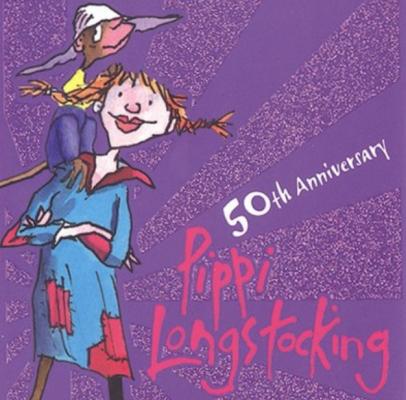

Learning resource
Pippi Longstocking as a migrant
- Enhanced knowledge about migration issues, migrants as social community members, literary background and possible other recommendations from the field of literature.
- Learn about stereotypes from literary examples.
- Comparing different views on migrations, finding examples from actual situations, encouraging open-mindedness and learning about fear management.
- Exchange of opinions in groups for a better understanding of others.
A lecture based on a well-known story from a different aspect
Astrid Lindgrenn's Pippi is a migrant who comes into a small town and causes a lot of interesting situations while she interacts with the locals, who find her strange and foreign. Pippi is a young girl that moves into a big house in a small town and stirs the community by being different, having a positive attitude, a curious nature, and - above all - a good heart. But all these attributes are not enough for the people of the town - they want to make Pippi become a part of the local community the only way they know how to: by trying to convince, persuade, and ultimately force her to "behave like all the other children", although Astrid gives numerous hilarious examples of how people in a society "well-behaved" are not really always that open, tolerant, and sympathetic.
The lecturer introduces theoretical views through the lecture and encourages discussion among the students. The themes are related to exposing certain stereotypes (all migrants should be like us; the community shouldn't change, only migrants need to change; locals are always right, Pippi should live under supervision...) and understanding of others/migrants/refugees through literature. Theoretical background with moderated discussion.
Lecturer should read Pippi Longstocking by Astrid Lindgren.
Relation to radicalisation:
- Related to problems of integrating children who are different into stereotype-based societies.
- More examples from literature: Robinson Crusoe, Gulliver's Travels.
Structure of the lecture:
- The lecturer presents the main theme (about the story in general, how Pippi moved to the small town alone, how nobody except the neighbour's kids understood, or even wanted to understand her, how the whole town wanted to »integrate« Pippi on their terms, how young Pippi's independent and brilliant mind isn't accepted and how the school is trying to adjust her).
- The lecturer can also use a PDF for visual presentation.
- After the initial presentation the lecturer can go into more details, depending on how much he/she knows about the story.
- The lecture is designed as a one-time event and can be repeated at any later time.
Closing:
- At the end of the lecture participants can be divided into groups and encouraged to engage in a closing discussion followed by a presentation by one group member.
- Questions to be used for the disscussion:
a) How do you see Pippi integrating into a small community?
b) Do you agree with the residents of the small town that Pippi shouldn't be living alone?
c) How would you react if you had Pippi as your neighbour? - Themes for discussion in each group can be directly derived from the lecture.
Key elements
- Learning from literature, differentiation, accepting the other, empathy, problems of integration (it is based on fixed expectations and is not susceptible to any kind of change or adaptation, instead, it is always trying to change and rearrange those who are "different").
- Main point: according to the logic of small communities, we should all be alike.
- Teachers in secondary school, trainers with a background in the humanities.
- A Power Point presentation - prepared after the lecture, to be used in the classroom.
- For a vivid and more dynamic introduction of the main theme (Pippi), numerous movies and series are available.
- An LCD projector with a computer.
English
Slovenian
Portuguese, Portugal
German
Romanian
Greek
Spanish
Dutch
